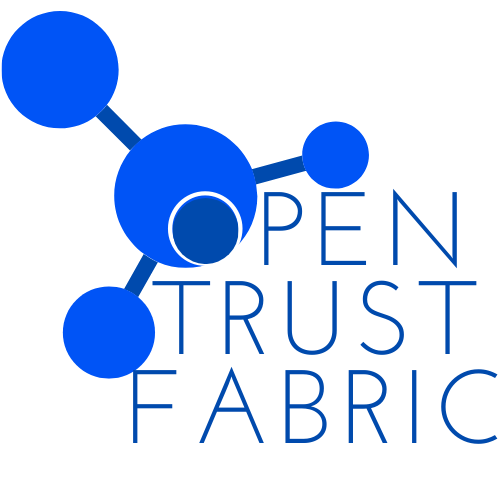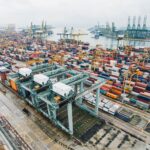With the evolution of today’s economy from industry and manufacturing to services, information and networks, Gross Domestic Product (“GDP”) and similar economic measurement approaches struggle to account for the intangible structures and assets of today’s economy. The modern economy is increasingly based on networks, services and insights. GDP and Generally Accepted Accounting Principles (“GAAP”) remain important measures, but fail to model increasingly important elements of economic activity and growth. In a world dominated by the Internet and technology giants, a challenge for the European Commission and other policy and regulatory bodies is the fragmentation, inaccessibility of data and inconsistency of current indicators to support legislative and decision-making activities across a broad range of policy areas. In particular, assessing the impact of a change in rules can be challenging. As an example, some regulations impact the relative importance of some actors in networks because of a variety of reasons, such as competition or consumer rights. The changes and impact may be difficult to measure or predict using GDP since it does not integrate the wealth of data produced by networks and market structures, which are increasingly intangible and digitalised. To create a better framework for policy making and monitoring, data should be leveraged and current economic indicators enhanced with network and “contract” information that better models the modern economy and provides a way to test and assess the impact of policies. To achieve that, methodologies need to be updated and supplemented with new measures capable of real-time mapping and monitoring of the relationships, networks, underlying structures and non-monetised transactions of the economy. The objective is to make measurable and visible the way intangible assets and data should be accounted for in a European ledger of value.
Read the feasibility study published by the European Commission here





